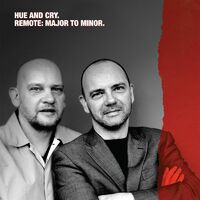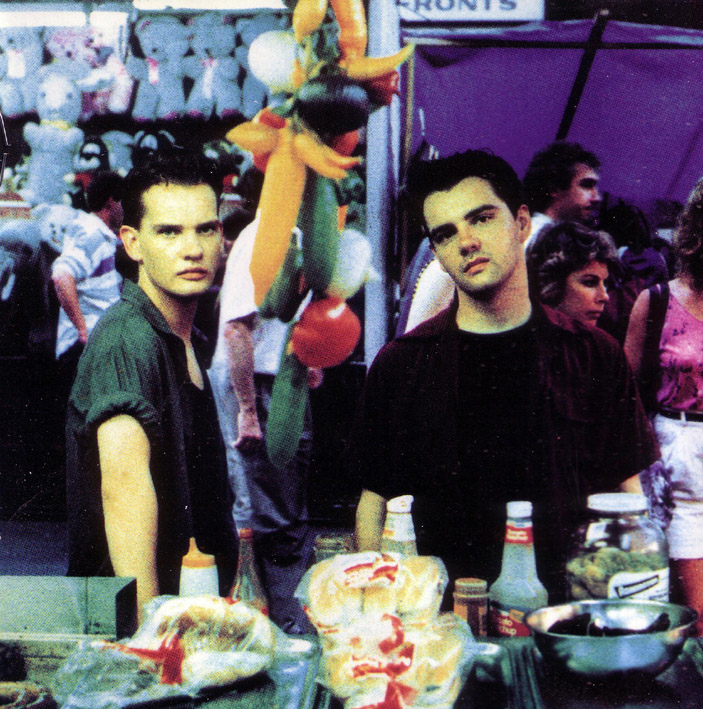

“Some nights,” he remembers, “I’d perform a Mahler symphony in a tux, and then race to the club and change backstage to play blues.”īurford arrived at gospel quite circuitously, moving backwards through time. In time, he joined the San Francisco Symphony Chorus, and also helped start the Goleta Waters Blues Quartet. If anyone ever clapped to the beat of a hymn, everyone would give them a look.” Burford learned his singing outside church, by joining the San Francisco Boys Chorus and traveling with that ensemble to England and Israel. People said ‘Amen’ at the end of a song and moved on. They went to church, but, he says, “The worship was pretty staid. As he grew up in San Francisco, his parents were Seventh-Day Adventists. “I’ve been threatening to come down for a visit.”īurford-who focuses on music history at Reed-has never sung gospel. “I’ve been in touch with those guys,” Burford says. He may also make a side trip to Alabama, to sing with a gospel quartet there, the Birmingham Sunlights. To research Receiving the Spirit, Burford will travel to Chicago, to rewatch Jubilee tapes he studied in 2012, and to the Historic New Orleans Collection, where he will look through 100 crates of documents and recordings compiled by Mahalia Jackson’s personal assistant, Bill Russell. “If you wanted to know what was going on in gospel music,” says Burford, “you’d have to go to the barbershop and say, ‘Hey, Ed, any good shows coming up?’” During the golden age of gospel, roughly the two decades after World War II, major newspapers almost never wrote about gospel. The research will not be easy, for gospel may be the least documented form of American music.
#Hue and cry redding tv
It will look at singer Sam Cooke, who began his career as the front man for a rollicking gospel band, the Soul Stirrers, before becoming a velvety-smooth top-selling balladeer, and it will also consider a Chicago-area gospel TV program, Jubilee Showcase. In addition to focusing on the Chariot, Receiving the Spirit will linger on the career of Mahalia Jackson. between 19, when an ancient musical form, which began with Negro spirituals, blossomed and became a galvanizing force in the civil rights movement. On sabbatical this year, Burford is writing a book, Receiving the Spirit: Doing Black Gospel in Postwar America, about the “mainstreaming” of black gospel singing in the U.S. Burford wondered what it was about the Chariot that enchanted white America at a time when Bull Connor was using fire hoses and police dogs against child protestors in Birmingham and Martin Luther King Jr.

Its brief, wild ride signaled nothing more than pure blaxploitation. “They’re making a mockery of the most precious thing in the world-the salvation of God,” Jackson told reporters.Īfter all the hue and cry, the Chariot became a sad asterisk of history. The New York Times cringed at the Chariot, intoning, “It is difficult to avoid a holier-than-thou attitude toward this anomalous mixture of the spiritual and the tawdry.” Meanwhile, singer Mahalia Jackson, the grande dame of postwar gospel music, was so disgusted that she joined black preachers on a picket line outside the club, carrying enough clout to shut the place down after only six months in business. The powerful contralto Mahalia Jackson (1911-1972) was a civil-rights icon and a key figure in the history of gospel. The drinks bore names like “Deacon’s Punch” and “Dastardly Demon,” and the club attracted celebrity customers such as Frank Sinatra and Barbra Streisand, while the hoi polloi waited hours for admission and then shelled out five dollars apiece to rent tambourines for the evening. The singers were told to “act just like we were in church,” one vocalist remembers, with “all the shouting and the praising and the ‘Hallelujahs’.” The doormen wore choir robes and the waitresses, called Angels, were dressed up like Playboy bunnies in fetching white stockings, racy tunics, sequined wings, and wired halos. Situated in Times Square, among Manhattan’s swankiest theatre houses and restaurants, the Sweet Chariot opened in April 1963 to deliver white patrons the rousing spectacle of African American gospel choirs belting out spirituals with histrionic flourish. It may have been the most politically incorrect nightclub of all time. Mark Burford explores one of America’s most distinctive musical traditions By Bill Donahue Professor Mark Burford in the listening room in the Performing Arts Resource Center.


 0 kommentar(er)
0 kommentar(er)
